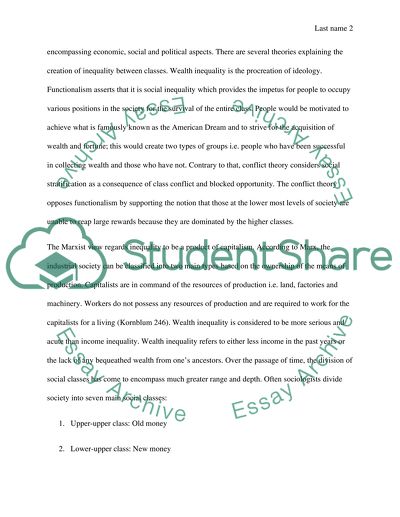Cite this document
(“Social stratification and wealth inequality. US population Term Paper”, n.d.)
Retrieved from https://studentshare.org/sociology/1407941-social-stratification-and-wealth-inequality-us-population
Retrieved from https://studentshare.org/sociology/1407941-social-stratification-and-wealth-inequality-us-population
(Social Stratification and Wealth Inequality. US Population Term Paper)
https://studentshare.org/sociology/1407941-social-stratification-and-wealth-inequality-us-population.
https://studentshare.org/sociology/1407941-social-stratification-and-wealth-inequality-us-population.
“Social Stratification and Wealth Inequality. US Population Term Paper”, n.d. https://studentshare.org/sociology/1407941-social-stratification-and-wealth-inequality-us-population.


